CONSERVATION CORNER
A weekly blog for all things conservation
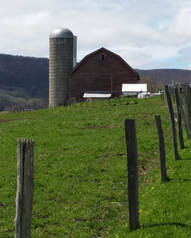 By: Amy Kneller, Ag Resource Specialist Are you interested in protecting farms, farmland, and a persons’ ability to farm? Protecting agriculture doesn’t always require a conservation easement – it can mean simply securing the right of farmers to farm without dealing with overly burdensome regulations. That’s the role of an Agricultural Security Area (ASA), where agriculture is a primary activity in the municipality. Farmers work with municipalities to develop ASAs, which demonstrate that farming is a local priority and promote more permanent and viable farming operations.
1 Comment
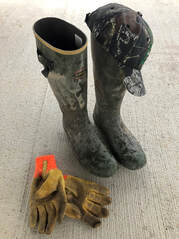 By: Nathan Dewing, Agricultural Team Leader Rest comes in sevens. We see a significance in the number seven from the very beginning of written history. Principles woven into the natural world’s design are affecting us, aware or not. Learning to work with them causes prospering. Rest is integral to success in any business, and in particular the farm. Sometimes it’s counter intuitive. 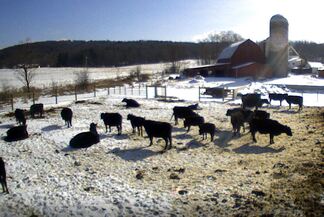 By: Nathan Dewing, Agricultural Team Leader Conditions get tough for managing livestock in the winter. It can be stressful for animals, farmers, and our natural resources. Let’s consider steps to dramatically decrease cold snap stress. If a farmer can cut the wind and give his animals a solid place to land their feet, our winter temps will cause little stress. If relatively dry with a barrier against bitter wind, our animals like 15 degrees F, better than 90 degrees.
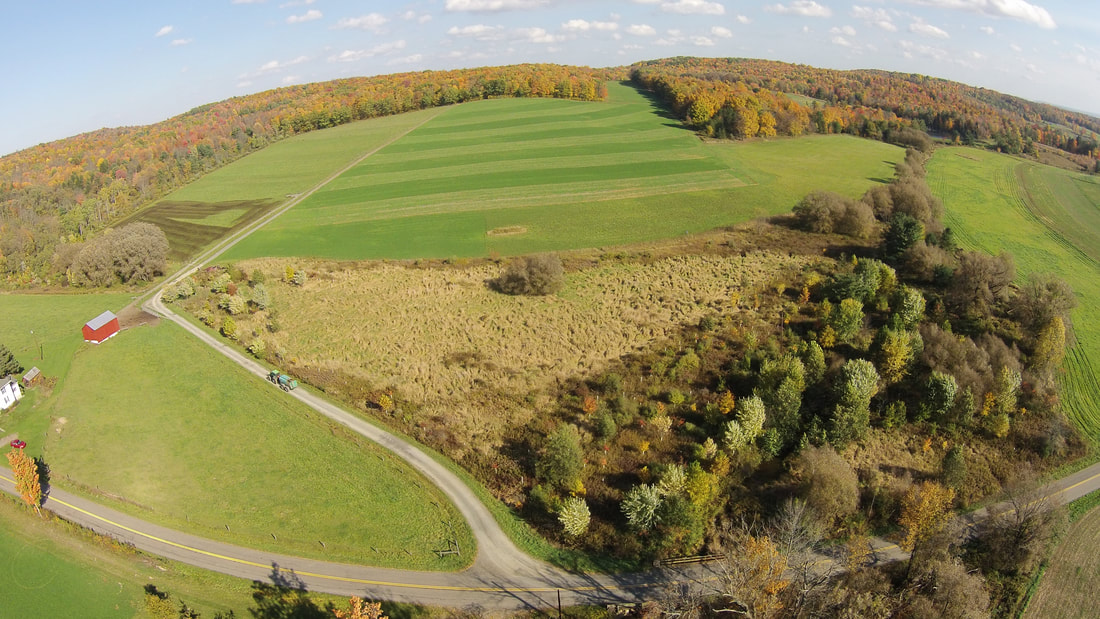 By: Nathan Dewing, Agricultural Team Leader, Bradford County Conservation District Life is drawn to water. We all can relate to that. Land bordering waterways and waterbodies is teaming with life. Riparian is a term literally meaning “riverbank”, or land beside the water. How we manage our riparian land has far reaching effects. Therefore, the conservation district gives considerable attention to equipping landowners to manage them well. Current focus on the Chesapeake Bay watershed is opening many opportunities for landowners wishing to improve riparian areas, including grant funding, plant materials, and more. 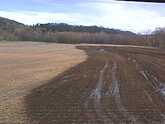 An Excerpt from Pennsylvania’s Nutrient Management Program Nutrient management traditionally has been concerned with optimizing the economic returns from nutrients used to produce a crop. More recently, nutrient management also has begun to address ways to minimize the negative impact of nutrients on the environment. Programs such as the Chesapeake Bay Program and the Nutrient Management Act in Pennsylvania have focused attention on improving nutrient management on Commonwealth farms. 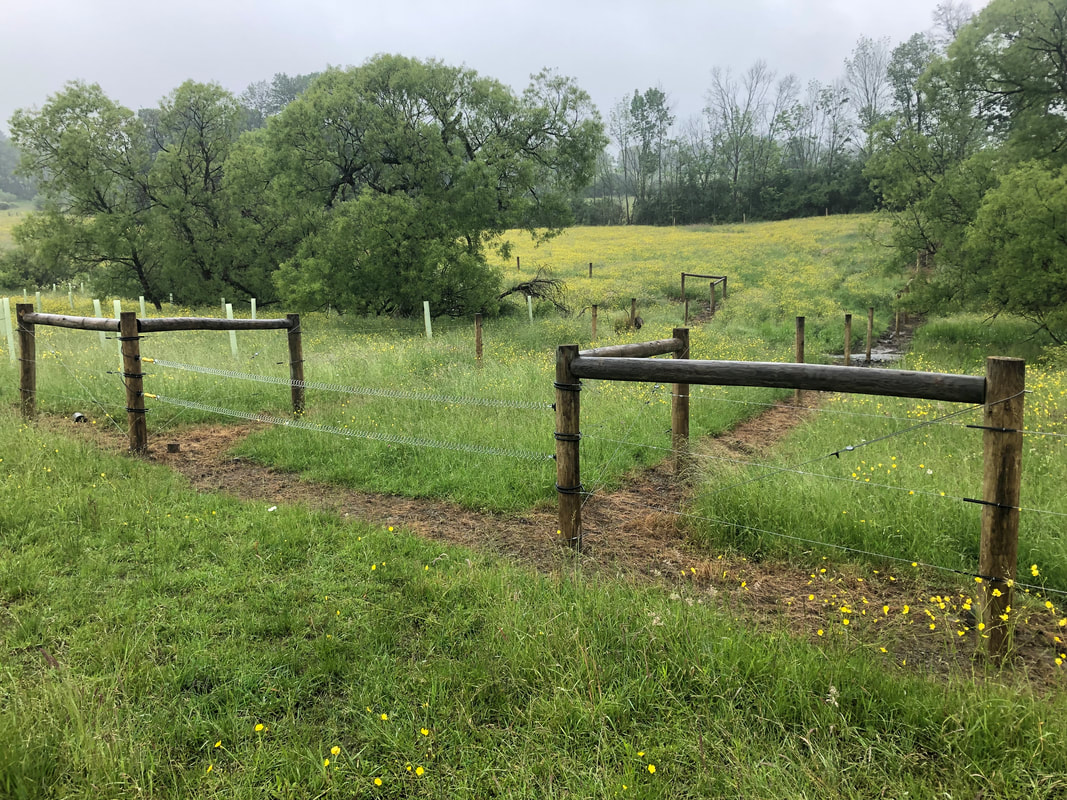 By: Nathan Dewing, Agricultural Team Leader The abundant grass crop in Bradford County leaves growers considering their options for managing it. Harvest for storage as livestock feed is the most common decision, but it’s not the only one. Many acres are used for wildlife food and cover. And many acres are harvested another way – by grazing livestock. Grazing is often considered an efficient means of harvesting grass because it can be done with little or no power equipment. Many grazers say that livestock have four legs for a reason – so they can go harvest their own food! At a minimum, the infrastructure needed to make this happen is a fence and some water. The last article explored decisions involved with supplying water. Now let’s consider the fence. A producer first ought to ask the question “Could this be done without a fence?” There might be a way and innovators should keep exploring possibilities. For now however, the answer overwhelmingly is “You will need a fence.” 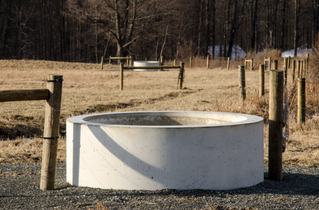 By: Nathan Dewing, Agricultural Team Leader Bradford County farm fields are made for grass. Our grass covered hill fields can develop highly productive soil while contributing virtually no sediment to waterways; two reasons it is the primary crop for our food producers. Bradford county grass has been used to produce milk and meats for generations, and grazing can be one of the most efficient means of harvest. Water supply in grazing systems can make or break production efficiency, so let’s examine some of the key factors involved. |
AuthorsVarious staff at the Bradford County Conservation District Archives
May 2024
Categories
All
|
